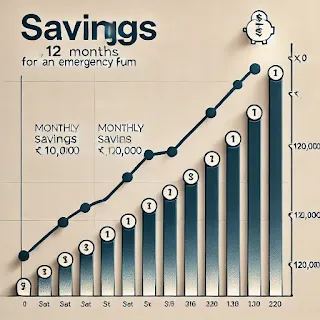Introduction
The stock market has been a fundamental pillar of the global economy, evolving over centuries to become the complex financial system we know today. From ancient trade practices to the rise of digital trading, the stock market's history is a testament to economic growth, innovation, and financial advancement.
The Origins of the Stock Market
The roots of stock trading can be traced back to the 16th and 17th centuries when European merchants and explorers sought funding for their expeditions.
The First Stock Exchange – Amsterdam (1602)
The Dutch East India Company (VOC) was the first to issue shares to the public in 1602, laying the foundation for the world's first stock exchange in Amsterdam. Investors could buy and sell shares, receiving dividends from company profits.
The Rise of Stock Markets in Europe
Following the success of the Amsterdam Stock Exchange, London and Paris established their own stock exchanges in the 17th and 18th centuries. The London Stock Exchange (LSE) was formally established in 1801, playing a crucial role in global trade and finance.
The Birth of Wall Street and Modern Stock Exchanges
The Buttonwood Agreement (1792)
In 1792, 24 stockbrokers signed the Buttonwood Agreement under a buttonwood tree in New York, leading to the formation of the New York Stock Exchange (NYSE). This agreement established rules for trading stocks and securities, creating a structured market.
The Growth of Stock Markets in the 19th Century
The industrial revolution fueled rapid economic growth, increasing the demand for stock investments. The rise of major companies, including railroads and manufacturing firms, led to significant capital raising through stock markets.
The 20th Century: Booms, Busts, and Regulation
The Stock Market Crash of 1929
One of the most significant events in stock market history was the Wall Street Crash of 1929, which led to the Great Depression. Over-speculation and excessive borrowing resulted in a financial collapse, prompting governments to introduce regulatory measures.
Creation of the SEC and Regulation
To restore investor confidence, the U.S. government established the Securities and Exchange Commission (SEC) in 1934, enforcing laws to regulate the market and prevent fraudulent activities.
The Rise of Electronic Trading (1970s-1990s)
The introduction of computers in stock trading transformed financial markets. The NASDAQ was founded in 1971 as the first electronic stock exchange, allowing for automated trading and faster transactions.
The 21st Century: Digital Revolution and Globalization
The Dot-Com Bubble (2000)
The late 1990s saw a surge in technology stocks, leading to an economic bubble that burst in 2000. Many internet-based companies failed, highlighting the volatility of the stock market.
The 2008 Financial Crisis
The collapse of Lehman Brothers in 2008 triggered a global financial crisis, leading to massive market declines. The crisis led to new financial regulations, including the Dodd-Frank Act, to prevent future economic meltdowns.
Algorithmic and High-Frequency Trading (2010s-Present)
With advancements in artificial intelligence and automation, stock trading has evolved into algorithmic and high-frequency trading, where computers execute transactions at lightning speed based on predefined conditions.
The Rise of Retail Investors and Cryptocurrency
Platforms like Robinhood and other fintech solutions have enabled retail investors to participate actively in stock markets. Additionally, the rise of cryptocurrencies and blockchain technology has introduced new financial instruments beyond traditional stocks.
Conclusion
The stock market has evolved from simple trading among merchants to a sophisticated global financial system. With emerging technologies and increasing regulations, the future of stock trading will likely be shaped by artificial intelligence, blockchain, and further digital advancements. Understanding this historical journey provides valuable insights into financial markets and their impact on the global economy.






